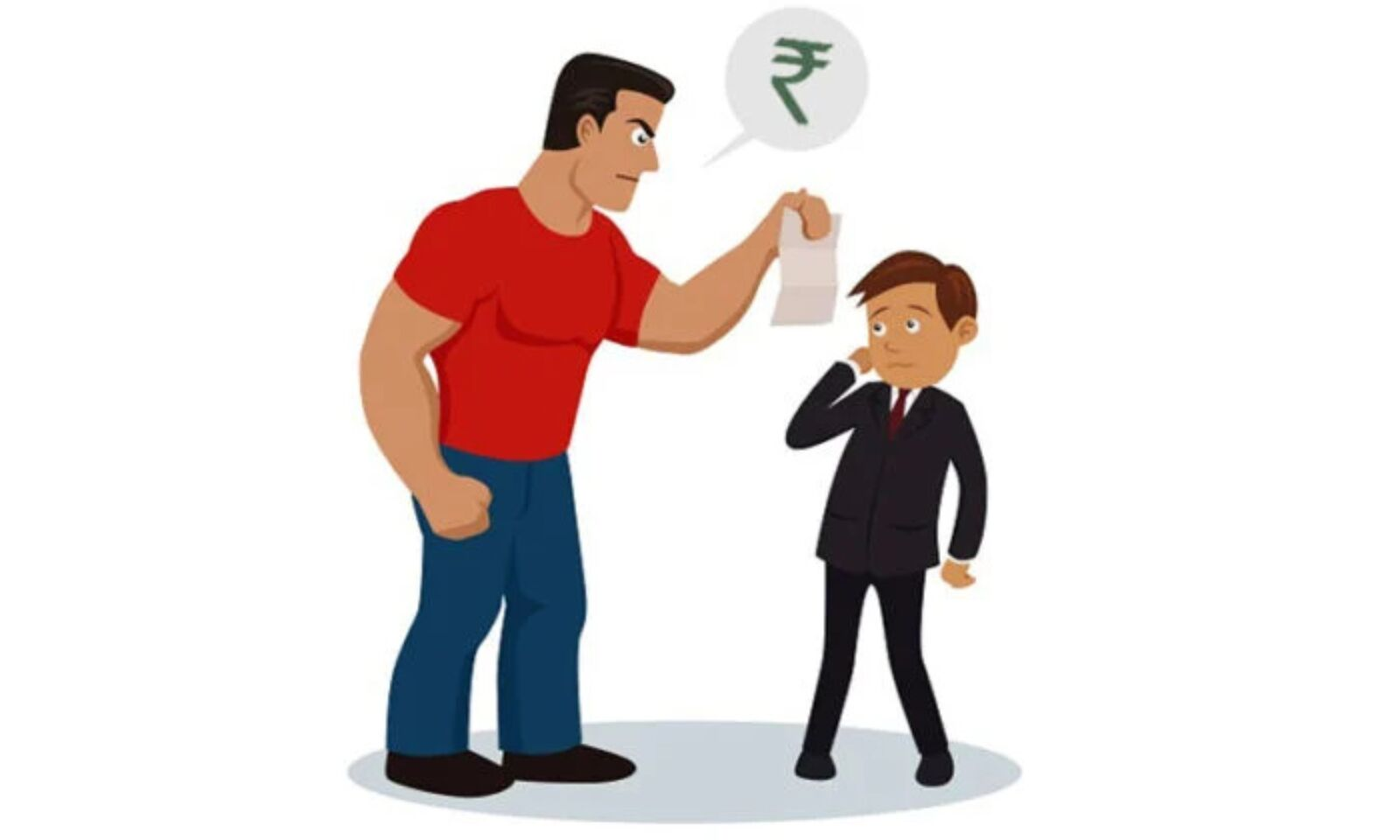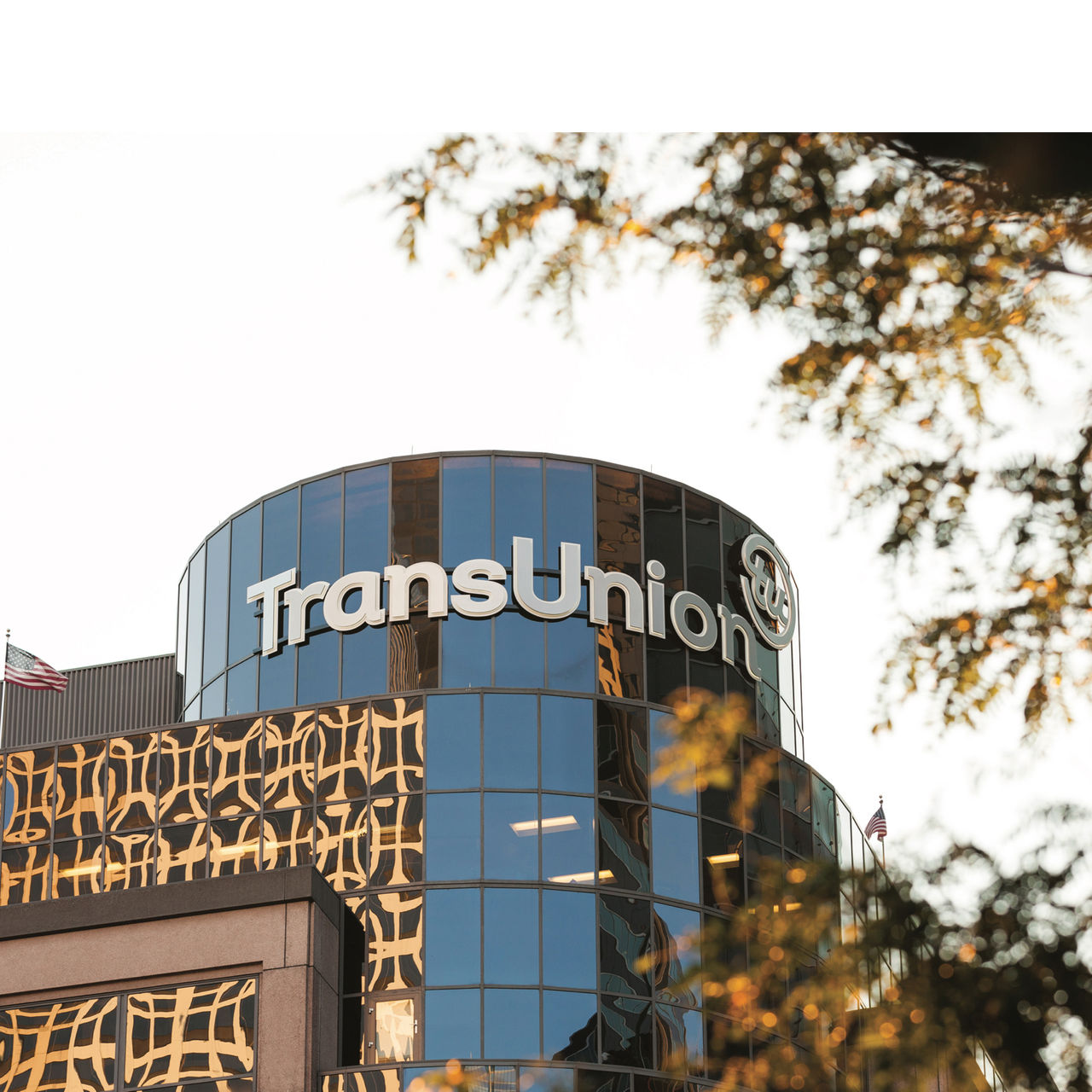Literally, millions of Americans are becoming indebted and are getting buried in Debt.
It is really shocking that most of the Americans are passing away with unpaid mortgages, car loans, student loans, and credit cards. By saying “really shocking”, it means that half of those people would be surprised to find out that they are going to leave a stack of unpaid bills when they pass on.
If you are one of them, you must see to it that what can be done about it, with reference to debt reduction credit counseling.
Timeless practices are around like saving, budgeting and doing hard work. If there is a requisition of any assistance, debt management programs as well as help with credit debt are around to provide you assistance in erasing all that red ink.
Whatever your chosen strategy (like credit debt relief program) may be, prosperity commences with a willing attitude. Unluckily, the prevalent mood in the context of debt relief seems to be gloom and doom.
Americans of about 30% have a firm belief in the fact that they are doomed to be in the debt until the day they pass away.
Simply speaking, even more, people are pessimistic about the fact, that they will never pay all their bills before their time runs out. According to an analysis, 65% of the Millennials are not sure that they will pass away debt free, whilst 83% of the retirees over 72 years of age are not sure.
This involves the scary part, which is that as gloomy as a lot of people are, the actual statistics or twice as depressing.
According to a comprehensive survey, 73% of the Americans are likely to pass away with debt. That exploration comes from a credit reporting agency, which tracks more than 220 million consumers.
Another credit reporting agency made a survey of the database and navigated that 73 percent of people, who passed away in the midst of October and December 2016, had outstanding debt. The average bill left by them on the table was approximately $61,554.
Broken down, 68% of the deceased had outstanding credit card debt, 37% had unpaid mortgages, 25% had unpaid car loans, 12% had unpaid personal loans and 6% had unpaid student loans.
There is no reason to consider that the time frame of the survey was an anomaly in the context of overall death rates. That has the implication of almost 3 out of every 4 Americans are not leaving anything behind for their families except perhaps a lot of headaches.
The only good news is that, they are survivors probably won’t get stuck with the unpaid bills. Lenders are paid from the deceased person’s assets – homes, cars, bank accounts, etc.
If not enough money is left in the assets to cover the debts, the creditors simply have to take what’s available. Family members or other heirs don’t hold any responsibility, except in certain circumstances.
To illustrate, they would be liable if they shared a credit card account, or if they had cosigned on a loan with the deceased. So if your 92-year-old aunt is asking you to cosign on a new Mercedes, you might be willing to tell her to go back to her Bingo game. Or better yet, she should be told to charge it on a credit card that is just in her name.
Paying of lenders can still become difficult, particularly in the context of houses. If you have signed the mortgage together, you have to keep disbursing it, be it the debt credit card relief, even if the other co-signer dies.
Here you have to say that you have not cosigned and are simply living in the house of that deceased individual. You might have to move if the house is sold to pay off the mortgage or other creditors.
It is safe to say that it is not the situation to be left behind, why most of the people for their near and dear ones. They want to pass away knowing their family, friends, pets or other beneficiaries will be taken care of.
The fact that 73% offers won’t be able to do so, that is not supposed to trigger depression. It should make you want to eliminate that debt before the arrival of the funeral vehicle.
Simplest is the best advice – never should you spend more than you bring home. Make a budget, listing your monthly income and expenses, and don’t let the second column get larger than the first.
Of course, that is easy enough to do on paper. Doing it in the real world can be much more challenging.
U.S. household debt climbed to almost $13 trillion in 2017, as per the New York Federal Reserve. Credit card debt has hit an all-time high of $1.02 trillion. The credit card balance of an average American is $6, 375, as per the latest analysis of U.S. credit and debt.
Conclusion
Americans becoming indebted and getting buried in debt have the implication that half of those people would be surprised to find out that they are going to leave a stack of unpaid bills when they pass on. They all need to go for the credit card debt service.




Leave A Comment